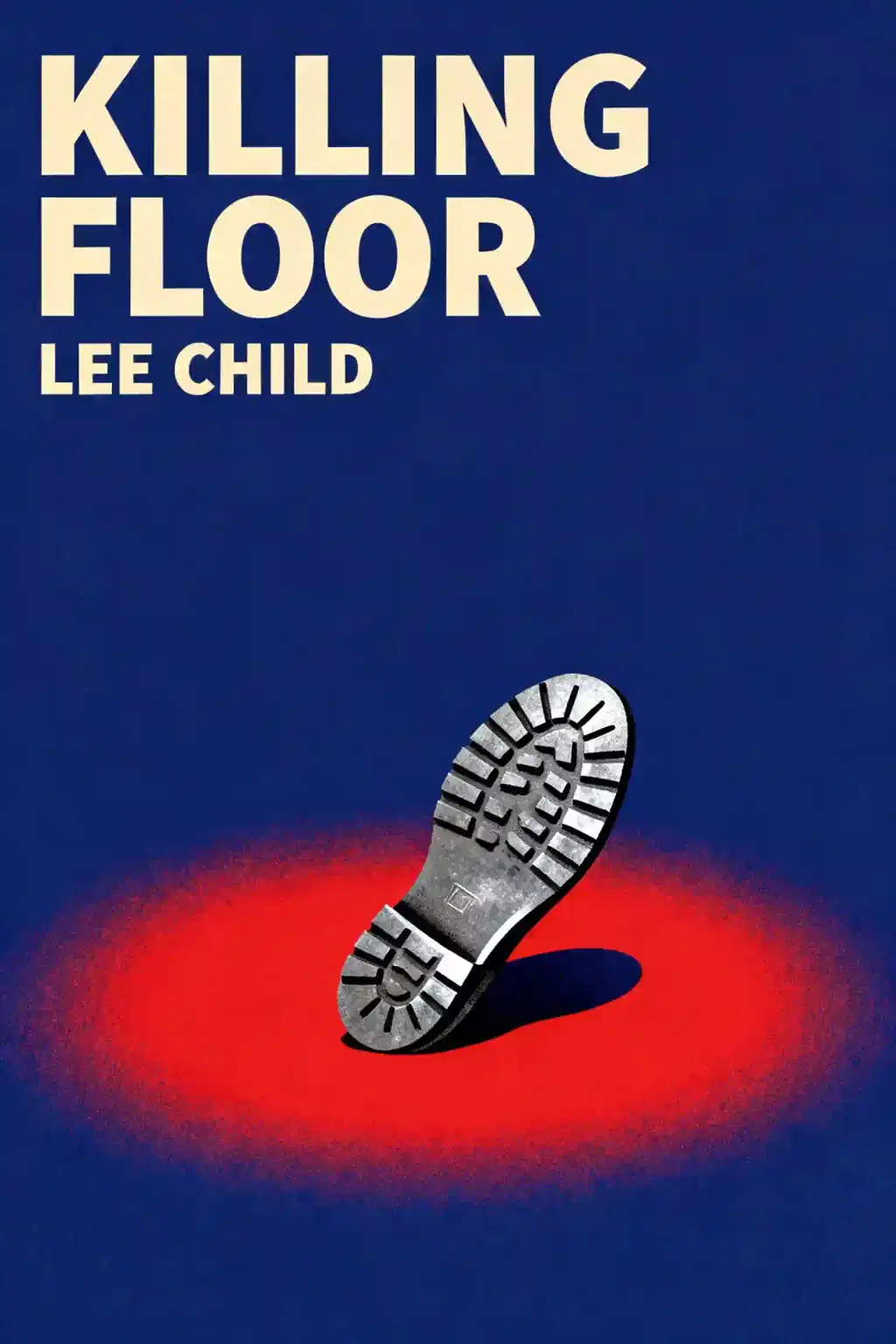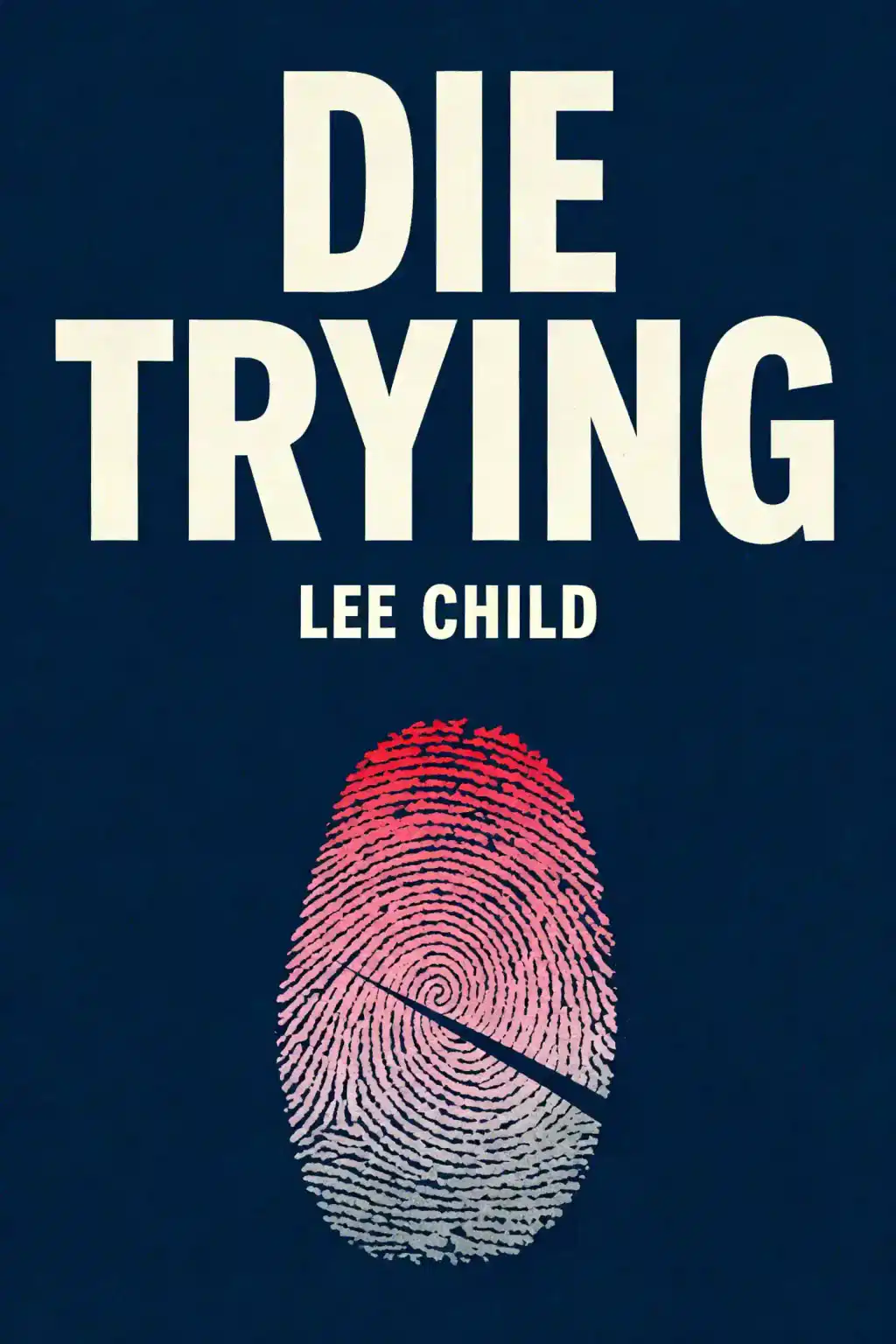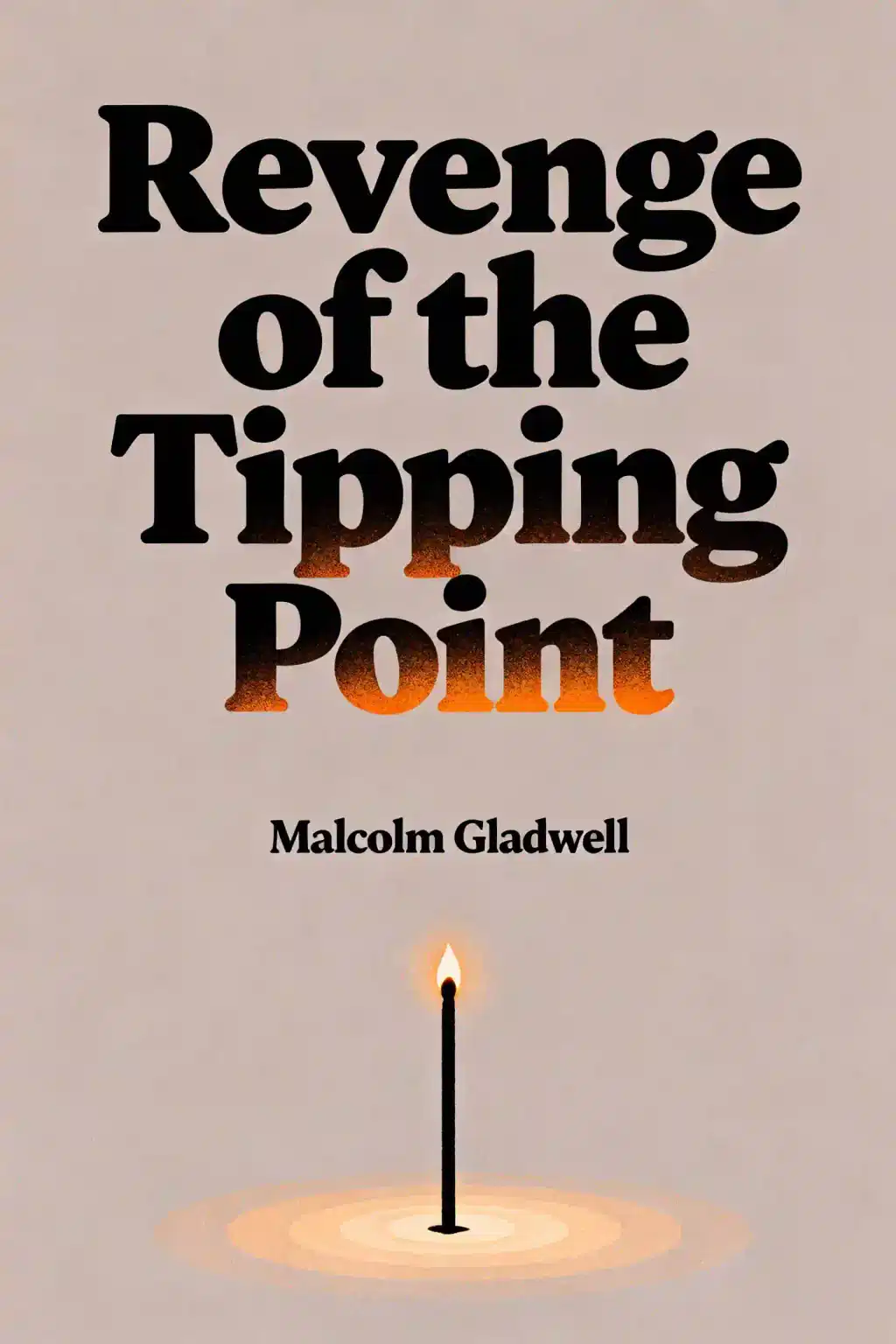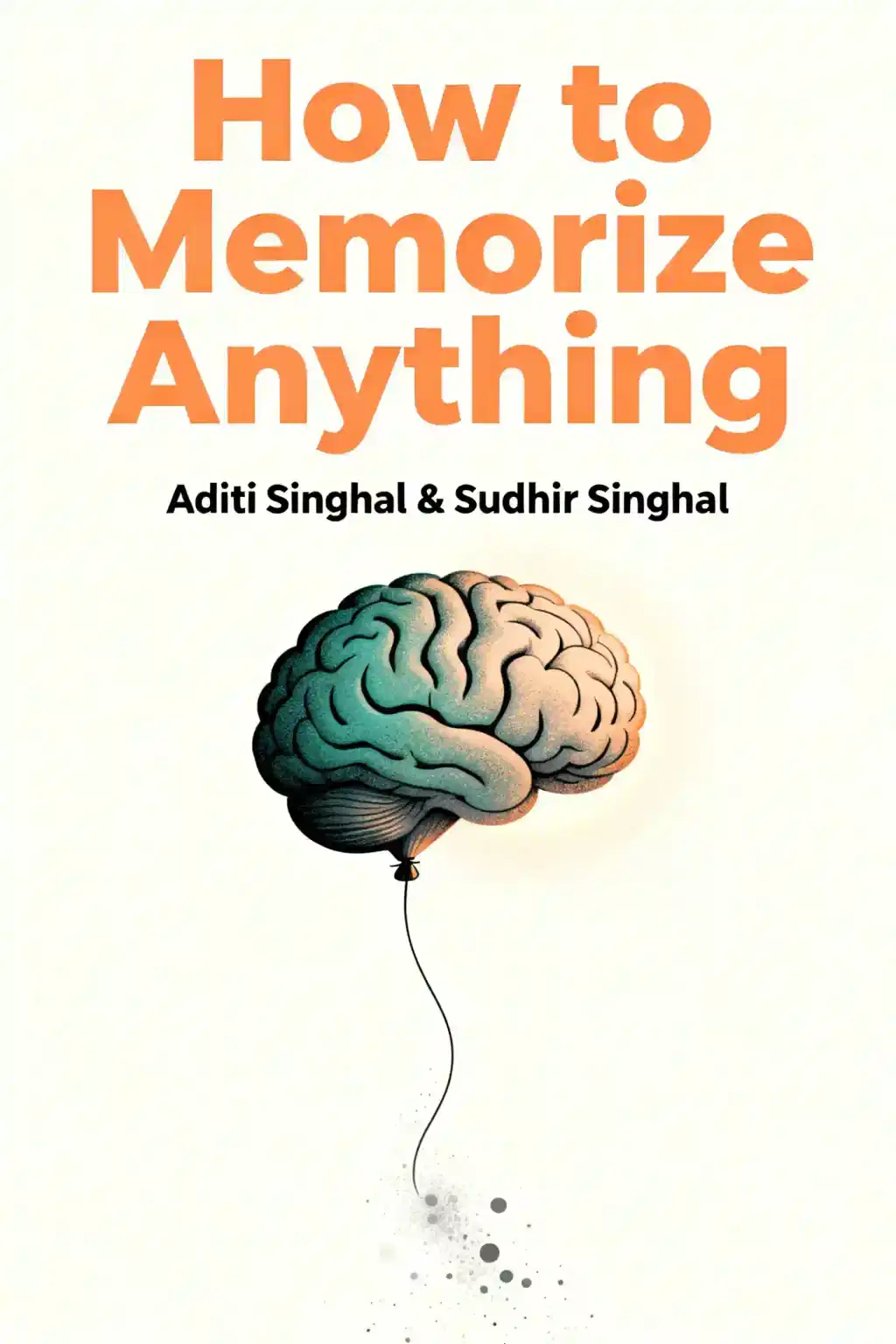
Gone Tomorrow by Lee Child Summary
Jack Reacher confronts a midnight subway bomber in this #1 NYT bestseller that USA Today called "Lee Child's best." Now adapted for Reacher season four, this pulse-pounding thriller asks: what would you notice about a suicide bomber that others miss?
About the author
Lee Child, born James Dover Grant in Coventry, England in 1954, is the bestselling author of Gone Tomorrow and creator of the iconic Jack Reacher thriller series. Known for his taut, action-packed narratives and meticulous procedural detail, Child brings authenticity to the genre through his background as a presentation director at Granada Television, where he worked on acclaimed productions like Prime Suspect and Brideshead Revisited for nearly two decades.
After being made redundant at age 40 in 1995, Child reinvented himself by writing his debut thriller Killing Floor in longhand, launching one of the most successful thriller franchises in publishing history.
Gone Tomorrow, the thirteenth Jack Reacher novel, explores post-9/11 security anxieties, Cold War military operations, and government conspiracies with Child's signature blend of psychological tension and brutal efficiency.
Child's work has earned devoted fans including Stephen King, Malcolm Gladwell, and Susan Hill. With a Jack Reacher novel sold every four seconds worldwide, Child has cemented his status as one of thriller fiction's most commanding voices.
FAQs About This Book
Gone Tomorrow is the 13th Jack Reacher thriller where Reacher encounters a suspicious woman on a New York City subway at 2 AM who matches the profile of a suicide bomber. When he approaches her, she shoots herself, triggering a dangerous investigation into government conspiracies, Cold War secrets, and a photograph that powerful forces will kill to suppress. The novel explores themes of justice, truth, and the lengths one will go to uncover hidden secrets.
Lee Child, born Jim Grant in 1954 in Coventry, England, created Jack Reacher after being fired from Granada Television at age 40 in 1995. Jobless and broke with a family to support, Child wrote his first novel in longhand rather than seeking new employment. He got the name "Reacher" when his wife observed him helping a customer reach a high shelf in a supermarket, suggesting his 6'4" height could land him a job as a "reacher".
Gone Tomorrow appeals to thriller enthusiasts who enjoy complex political conspiracies, military action, and morally ambiguous protagonists. Fans of fast-paced suspense with intricate plotting involving government cover-ups, Cold War secrets, and Manhattan-set action will find this novel compelling. Readers who appreciate stories exploring terrorism, national security, and the tension between individual justice and government authority will particularly enjoy this Jack Reacher installment.
Gone Tomorrow delivers a gripping thriller that showcases Lee Child's signature blend of action, suspense, and intricate plotting. The novel features Jack Reacher's expertise in terrorism and bomb detection while weaving together multiple storylines involving government conspiracies and Cold War secrets. With its Manhattan setting, complex mystery, and exploration of moral ambiguity, Gone Tomorrow offers a satisfying reading experience for both longtime Reacher fans and newcomers to the series.
Jack Reacher witnesses Pentagon staffer Susan Mark shoot herself on a New York subway after he identifies her as a potential suicide bomber. Despite warnings from NYPD and federal agents, Reacher investigates her death with detective Theresa Lee, uncovering connections to politician John Sansom, Russian oligarch widow Lila Hoth, and Susan's missing son Peter Molina. The investigation reveals Cold War secrets, leading to violent confrontations and government cover-ups across Manhattan.
Susan Mark is a Pentagon staffer with a lonely heart, an estranged son, and a devastating secret who kills herself on a New York subway. She was caught between multiple dangerous forces—the Hoths wanted her to deliver a compromising photograph, while government agents sought to suppress it. When she missed the delivery deadline and received video evidence of her son Peter being killed, she threw away the USB drive and decided to kill Lila Hoth but was stopped by Reacher on the subway.
The secret at the heart of Gone Tomorrow is a photograph on a memory stick showing young Congressman John Sansom meeting Osama bin Laden in Afghanistan in 1983. This compromising image from a clandestine mission during the Soviet-Afghan War could destroy Sansom's political career and embarrass the government. Multiple parties—including Russian oligarch widow Lila Hoth, federal agents, and Sansom himself—kill to either expose or suppress this photograph, making it the catalyst for Susan Mark's death and the novel's violent conflict.
Lila Hoth claims to be the widow of Russian oligarch Grigori Hoth, a Soviet sniper allegedly killed by American special forces led by John Sansom during the Soviet-Afghan War. She and her mother Svetlana tell Reacher they're seeking justice for Grigori's torture and death by Mujahedeen fighters after Sansom's team left him defenseless. However, they're actually using Susan Mark to obtain the compromising photograph of Sansom for leverage, leading to Peter Molina's murder and Susan's suicide.
Gone Tomorrow concludes with Reacher tracking the Hoths to their hideout and killing them in a brutal knife fight, though he sustains serious wounds and passes out. The government recovers the memory stick containing the Sansom-bin Laden photograph but claims it was damaged, ensuring the secret remains buried. Reacher, Detective Lee, and Jacob Mark are cleared of charges, but the cover-up continues with the government attributing the hideout deaths to unknown causes, leaving Reacher as a continued target of federal agencies.
Gone Tomorrow explores:
- Justice versus institutional authority, examining when individuals must act against government directives to uncover truth.
- Moral ambiguity in national security, showing how Cold War secrets and political expediency lead to cover-ups and civilian casualties.
- Guilt and responsibility, as Reacher's intervention possibly triggers Susan Mark's suicide, driving his relentless investigation despite warnings.
- The cost of truth, demonstrating how revealing certain secrets can destroy lives and careers.
Gone Tomorrow stands out by placing Reacher in Manhattan's urban subway system rather than rural or highway settings typical of earlier novels. The story focuses heavily on terrorism profiling and government conspiracy involving Cold War secrets and political cover-ups, adding geopolitical depth beyond simple action. The novel features a maze of deception with multiple lying parties—federal agents, the Hoths, and politicians—creating exceptional narrative complexity. Additionally, Reacher's guilt over potentially causing Susan Mark's suicide adds unusual psychological depth to his motivation throughout the investigation.
Gone Tomorrow presents a morally complex view of government authority, showing federal agents willing to eliminate threats—including Reacher—to protect national security secrets. The novel exposes how Cold War operations and clandestine missions create lasting consequences, with Sansom's 1983 meeting with Osama bin Laden becoming a devastating secret worth multiple murders to suppress. Lee Child examines the tension between institutional loyalty and individual justice, depicting government cover-ups that sacrifice truth and innocent lives for political expediency. The story suggests powerful institutions prioritize self-preservation over accountability or transparency.
Quick Summary Mode - Read or listen to Gone Tomorrow Summary in 8 Minutes
Break down key ideas from Gone Tomorrow into bite-sized takeaways to understand how innovative teams create, collaborate, and grow.
Flash Card Mode - Top 10 Insights from Gone Tomorrow in a Nutshell
Distill Gone Tomorrow into rapid-fire memory cues that highlight Pixar’s principles of candor, teamwork, and creative resilience.

Fun Mode - Gone Tomorrow Lessons Told Through 23-Min Stories
Experience Gone Tomorrow through vivid storytelling that turns Pixar’s innovation lessons into moments you’ll remember and apply.
Personalize Mode - Read or listen to Gone Tomorrow Summary in 0 Minutes
Ask anything, pick the voice, and co-create insights that truly resonate with you.

From Columbia University alumni built in San Francisco
See More Stories?

Get the Gone Tomorrow summary as a free PDF or EPUB. Print it or read offline anytime.
























